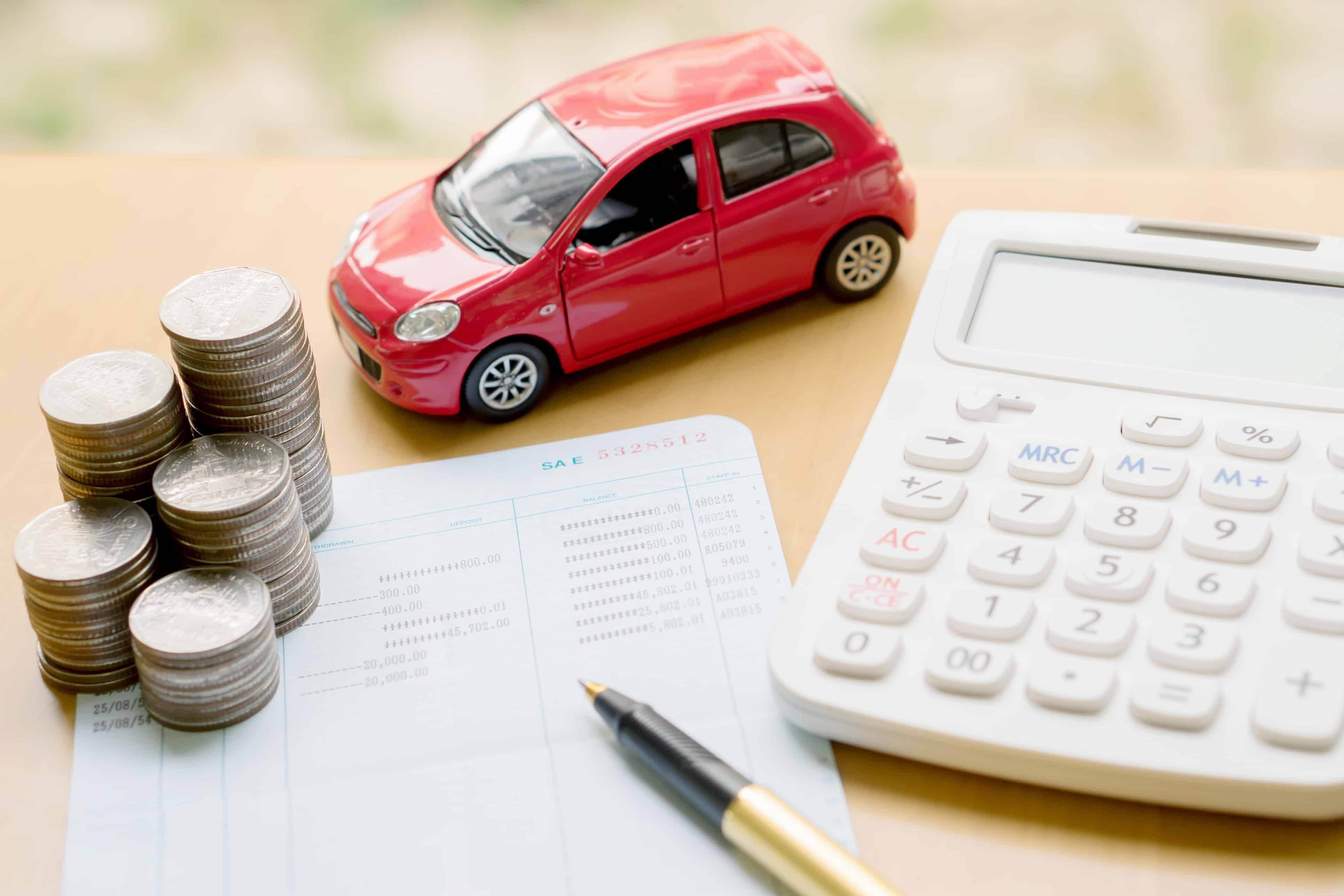Table of Contents
When a car is purchased, there is a good chance that the buyer will ask for a loan to finance that purchase. In such a scenario, the lender pays the dealer the agreed upon price for the vehicle. The buyer will then repay the lender until the balance has been paid in full. Depending on the buyer’s financial situation and the lender that he or she works with, there may be several options when it comes to structuring a car loan.
A Home Equity Loan Can Finance A Vehicle Purchase
For consumers with sufficient equity in their home, they may qualify for an equity loan to finance the purchase of their next vehicle. This may be advantageous as mortgage interest is tax-deductible, which may lower the overall cost of borrowing. Home equity loans may also have longer repayment terms and lower interest rates compared to auto loans. However, failure to repay the loan could result in the lender taking away the customer’s home.
Get A New Car Loan to Finance The Original Purchase
When a vehicle is purchased, the buyer will get a new car loan that covers the cost of the car plus taxes and other fees. A consumer can expect a loan term of between five and seven years and an average interest rate of between 7 and 10 percent. However, borrowers with good credit may see lower rates and promotional offers can present them with an opportunity to get a loan at a lower interest rate. As cars from the previous model year are generally less expensive, the end of the calendar year may be a great time to get a good deal on a vehicle.
Auto Refinance Loans Help When Financial Circumstances Change
If a car owner is having trouble keeping up with his or her current payment, it may be possible to refinance the loan. Refinancing covers the remaining balance of the loan regardless of whether the amount is more than the car is worth. Generally, the loan term is extended, which lowers the monthly payment. It may also be possible to refinance a loan to remove a cosigner or get a better interest rate if the buyer’s credit improves. The car is used as collateral for the loan, which means it may be repossessed if payments aren’t made.
Lease Buyout Loans Provide Purchase Financing When the Lease Expires
When a lease ends, the lessee has the option to purchase the vehicle at its residual value. However, if the lessee doesn’t have the cash to pay for the car, a lender may provide financing to cover the cost. The lender will pay off the leasing company to release ownership of the vehicle and transfer the title to the individual taking the loan. The lender is then paid in the same manner that it would if it had been originally purchased outright.
Regardless of the loan that a buyer may choose, remember that the goal is to get the lowest interest rate possible. While extending the life of the loan may make the monthly payment smaller, it will result in more interest being paid to the lender, which makes the vehicle more expensive overall.


